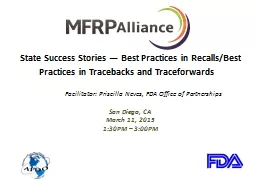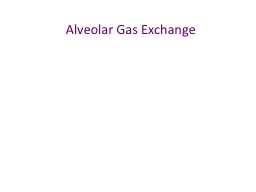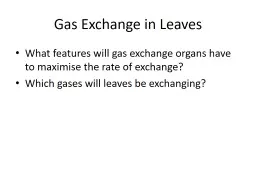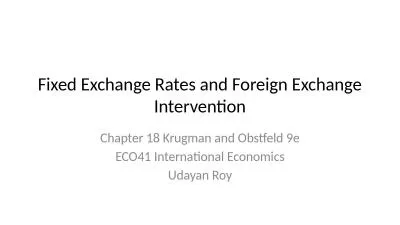PPT-Exchange Design Concepts and Best Practices
Author : phoebe-click | Published Date : 2016-10-16
Boris Lokhvitsky MCM Exchange Principal Consultant Delivery Architect Microsoft Consulting Services BRK3131 Agenda Architecture Concepts and Design Principles
Presentation Embed Code
Download Presentation
Download Presentation The PPT/PDF document "Exchange Design Concepts and Best Practi..." is the property of its rightful owner. Permission is granted to download and print the materials on this website for personal, non-commercial use only, and to display it on your personal computer provided you do not modify the materials and that you retain all copyright notices contained in the materials. By downloading content from our website, you accept the terms of this agreement.
Exchange Design Concepts and Best Practices: Transcript
Download Rules Of Document
"Exchange Design Concepts and Best Practices"The content belongs to its owner. You may download and print it for personal use, without modification, and keep all copyright notices. By downloading, you agree to these terms.
Related Documents














